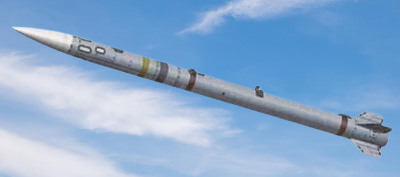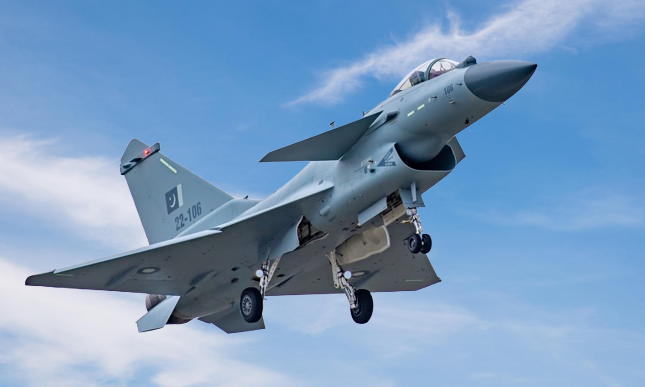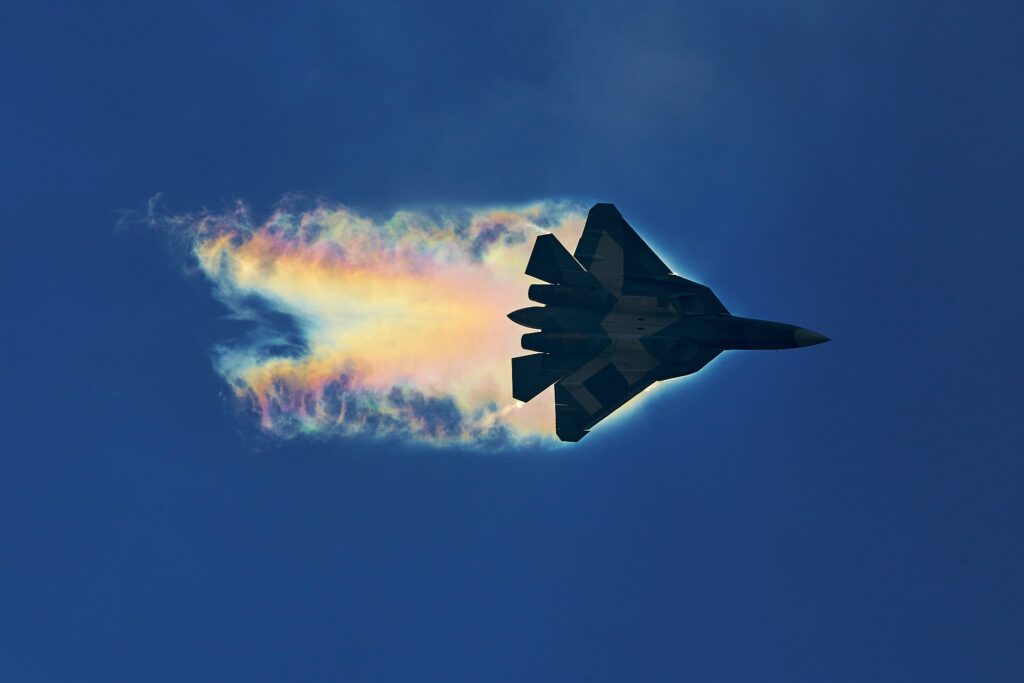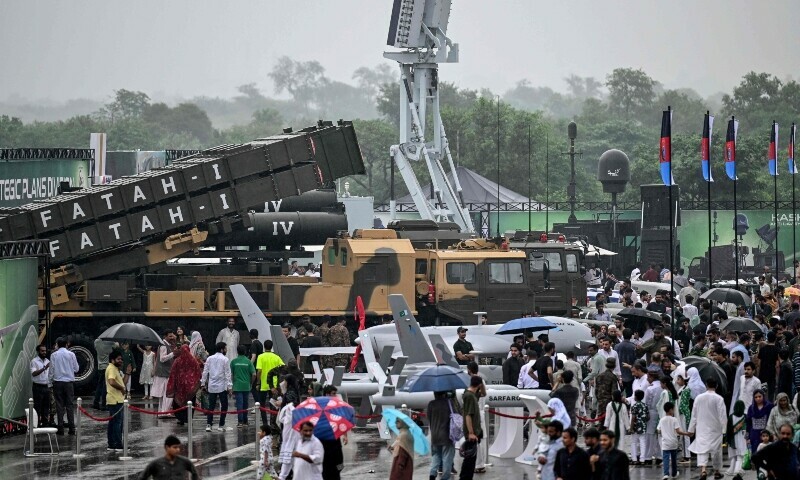US Eyes AIM-260 Deployment as Europe Studies the Outcome
The recent Indo-Pak conflict showcased a turning point in modern aerial warfare, with Pakistan’s use of Chinese PL-15 long-range air-to-air missiles leaving the United States stunned. Deployed on J-10C and J-35 fighter jets, the PL-15 demonstrated its ability to engage targets far beyond the range of India’s existing arsenal, changing the balance of power in the skies.
American defense analysts admitted their amazement at how Pakistan leveraged this advanced missile system with precision, making it one of the most decisive factors in the skirmishes. Reports from Global Times highlight that the PL-15’s performance not only surprised India but also rattled Western defense planners.
The PL-15, with an estimated range of over 200 kilometers and active radar guidance, effectively neutralized India’s attempts to assert air superiority. Its ability to strike from beyond visual range left many Western observers comparing it to and in some cases surpassing US AIM-120 AMRAAM capabilities.

The skirmish results pushed Washington to Fast track programs at Lockheed Martin, America’s premier defense contractor, to introduce next generation weapons across its fighter platforms like the F-35 and F-22. Analysts writing in Defense News confirmed that the Pentagon has quietly expanded contracts with Lockheed Martin to deploy classified long range missiles and electronic warfare systems.
Among the rumored programs is the AIM-260 Joint Advanced Tactical Missile, designed specifically as a counter to the PL-15. Sources indicate that Lockheed Martin is also working on secretive directed energy weapons and advanced electronic countermeasures to ensure US fighters can maintain superiority against Chinese designs. While the details remain classified, experts believe the F-35 and F-22 fleets will be the first to carry these cutting edge systems. NATO’s strategic studies division, as noted on Boomberg, is already coordinating with the US to adapt these developments into European air defense frameworks.
The amazement in Washington reflects a deeper concern: Chinese technology, once dismissed as second-rate, is now proving capable of challenging Western designs in real world combat.
The PL-15 skirmish was more than just a regional engagement; it was a demonstration that modern warfare has shifted. For Europe, the lesson is clear: systems like Eurofighter Typhoon and Rafale must be upgraded with stronger electronic warfare suites and long range missiles to remain relevant in a battlefield shaped by stealth aircraft and BVR dominance.



